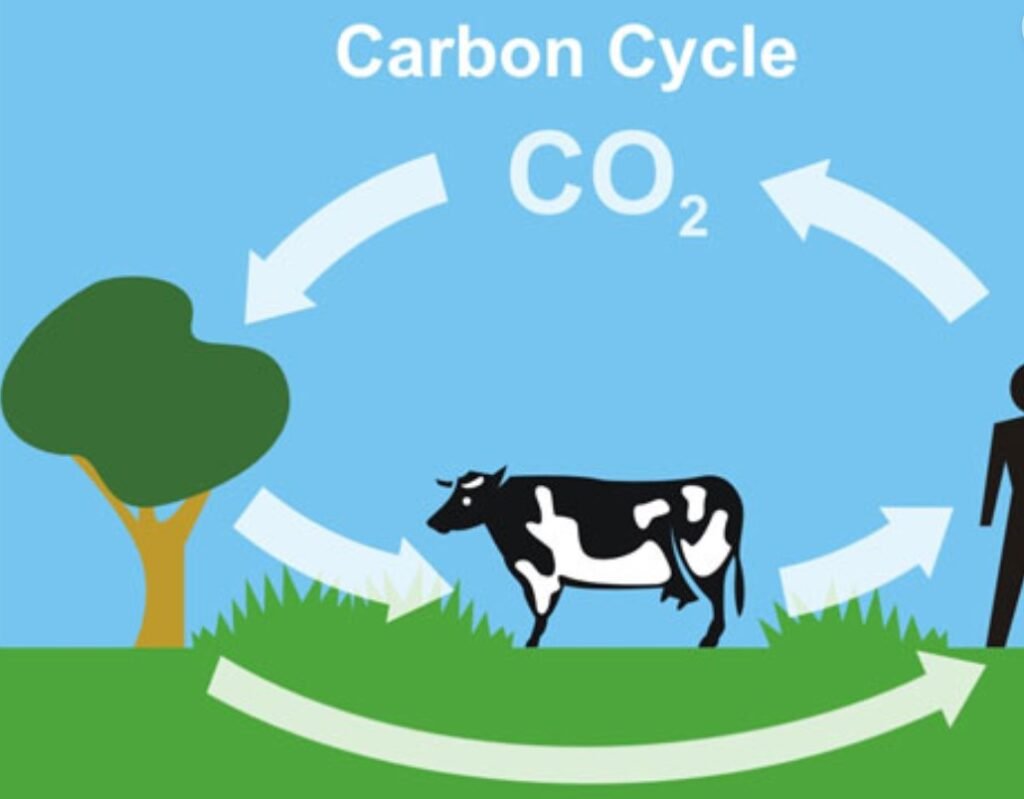A new study published in the journal Science Advances has revealed that plants may be able to take up more carbon dioxide (CO2) from human activities than previously thought. The study, led by Dr. Jürgen Knauer from Western Sydney University, used a more realistic ecological model that accounted for some critical physiological processes that govern how plants conduct photosynthesis.
Photosynthesis is the process by which plants convert CO2 into sugars that they use for growth and metabolism. This carbon fixing serves as a natural climate change mitigator by reducing the amount of carbon in the atmosphere. It is estimated that plants take up about 30% of the CO2 emitted by human activities every year.

However, the extent to which plants will continue this CO2 uptake in the future has been uncertain. Scientists have thought that intense climate change, such as more frequent droughts and heat waves, could significantly weaken the sink capacity of terrestrial ecosystems. Moreover, most global climate models have ignored some important factors that affect how plants respond to CO2, temperature, and changes in rainfall.
A more realistic model
In the study, Knauer and his colleagues used a well-established climate model that is used to feed into global climate predictions made by the Intergovernmental Panel on Climate Change (IPCC). They modified the model to include three key mechanisms that affect plant photosynthesis:
- How efficiently CO2 can move through the interior of the leaf
- How plants adjust to changes in temperatures
- How plants most economically distribute nutrients in their canopy
These mechanisms are often neglected in most global models, but they have a significant impact on how plants fix carbon. For example, plants can adjust the size and density of the pores on their leaves (called stomata) to regulate the exchange of CO2 and water vapor. This allows them to optimize their water use efficiency and carbon uptake under different environmental conditions.
A surprising finding
The researchers compared the results of their modified model with the original model and with observations from field experiments and satellite data. They found that their model predicted a stronger and sustained carbon uptake by plants until the end of the 21st century, under a high-emission climate scenario. The most complex model predicted up to 20% more CO2 uptake than the simplest version.
The researchers attributed this finding to the fact that their model captured the physiological adjustments that plants make to cope with changing climate. For instance, plants can increase their photosynthetic capacity by investing more nutrients in their leaves, or by shifting their optimal temperature range to match the ambient temperature.
Implications and limitations
The study suggests that plants may be more resilient to climate change than previously thought, and that they may be able to absorb more CO2 from human activities than expected. This could have positive implications for the global carbon cycle and the mitigation of climate change.
However, the researchers cautioned that this does not mean that the world’s governments can relax their efforts to reduce carbon emissions as fast as possible. They emphasized that their study only focused on one aspect of plant physiology, and that there are many other factors that could limit plant growth and carbon uptake, such as soil fertility, pests, diseases, and land use change.
They also noted that their model still has some uncertainties and limitations, and that more research is needed to validate and improve it. They called for more field experiments and observations to better understand how plants respond to multiple environmental stresses and how they interact with other components of the Earth system.
The study was conducted by researchers from Western Sydney University, Trinity College Dublin, the University of Exeter, the University of Sydney, and the University of Edinburgh.
